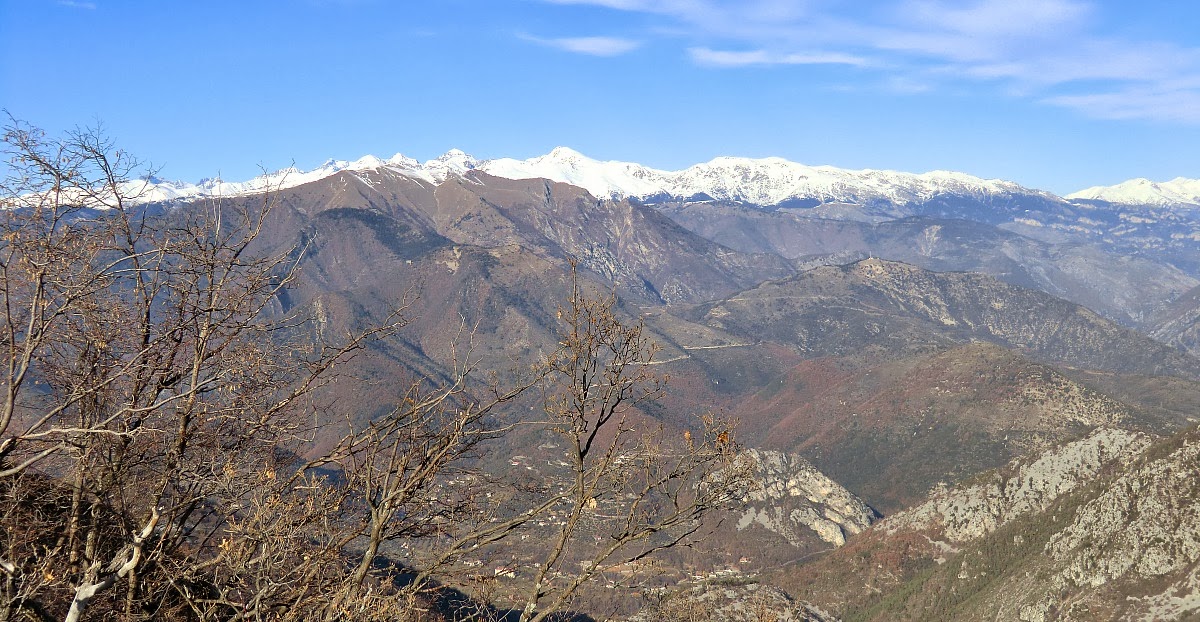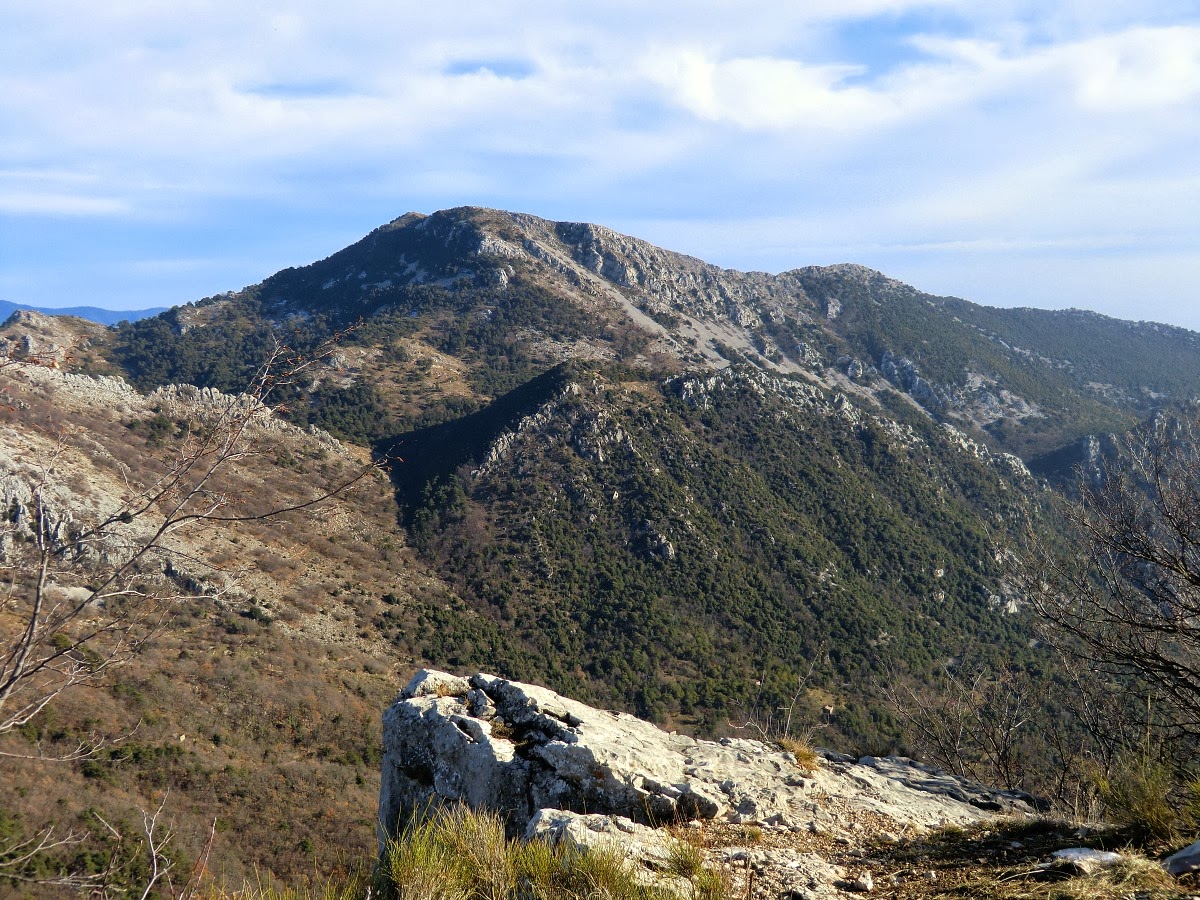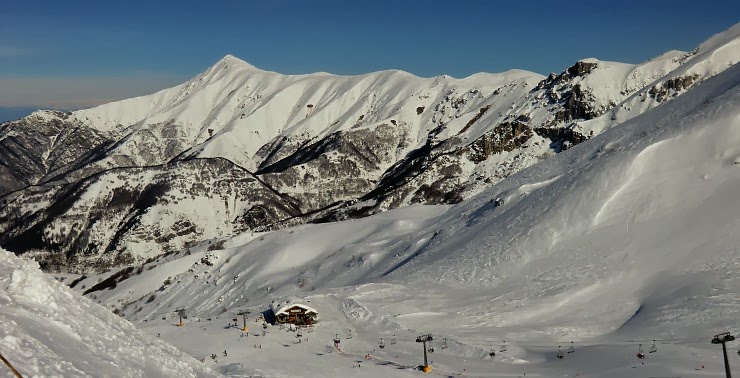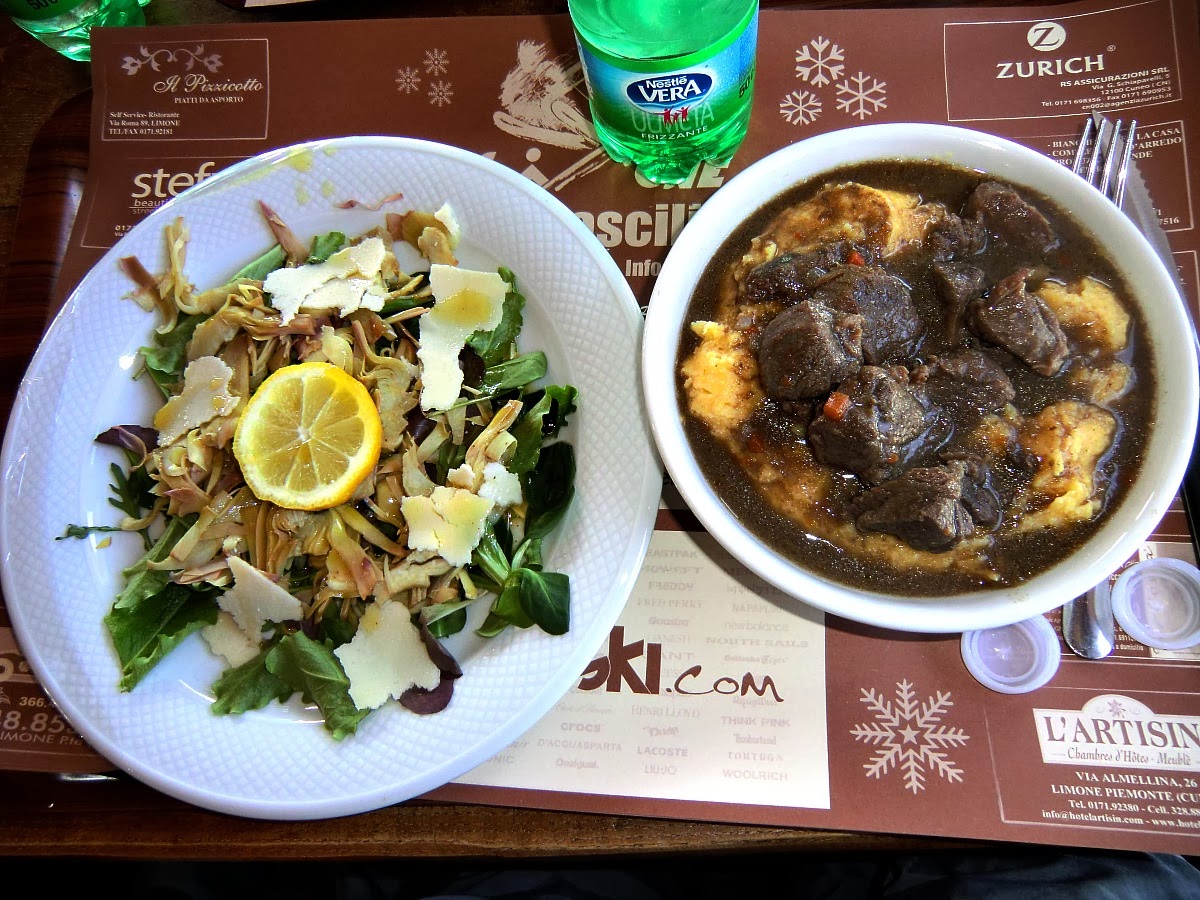My winter rabbit recipe
I have previously posted my best rabbit recipe in which rabbit, tomatoes, fresh basil and black olives make a truly tasty combination. But how to prepare rabbit in winter, when even on the Riviera tinned tomatoes often are a better choice than pale and watery winter tomatoes and locals choose pistou instead of fresh basil? Pistou is crushed basil, salt and olive oil and it is an ancient preservation method in the South of France.
Rabbit goes very well with white wine, crème fraîche, mustard and black olives. I have seen many winter rabbit recipes using these ingredients, and rabbit made like this is often served in restaurants in the South of France. The following recipe is my best winter rabbit.
Bouquet garni is a bundle of herbs usually tied together and mainly used to prepare soups, stocks and stews. Ducros bouquet garni is made of various vegetables and aromatic herbs and is available in small individual packets.
2 servings
2 rabbit legs, cuisses de lapin
2 tbsp rapeseed oil
3 shallots, peeled and cut into quarters
1 garlic, minced
1 sachet Ducros bouquet garni
100 ml white wine
2 tbsp crème fraîche, 15 % fat
1 tbsp grainy mustard, moutarde à l’ancienne
About 10 black olives
Black pepper, freshly ground
Parsley, minced
Warm the rapeseed oil in a heavy casserole over medium heat. Fry the rabbit legs on both sides until golden brown.
Add the shallots, garlic, black pepper, bouquet garni and white wine to the casserole. Reduce the heat and simmer, covered, for about an hour. Turn the rabbit legs a few times.
When only about 10 minutes of cooking time remains, mix the crème fraîche with mustard and add to the casserole with the black olives.
Decorate with parsley and serve with new potatoes and green beans.





























0 comments:
Note: only a member of this blog may post a comment.